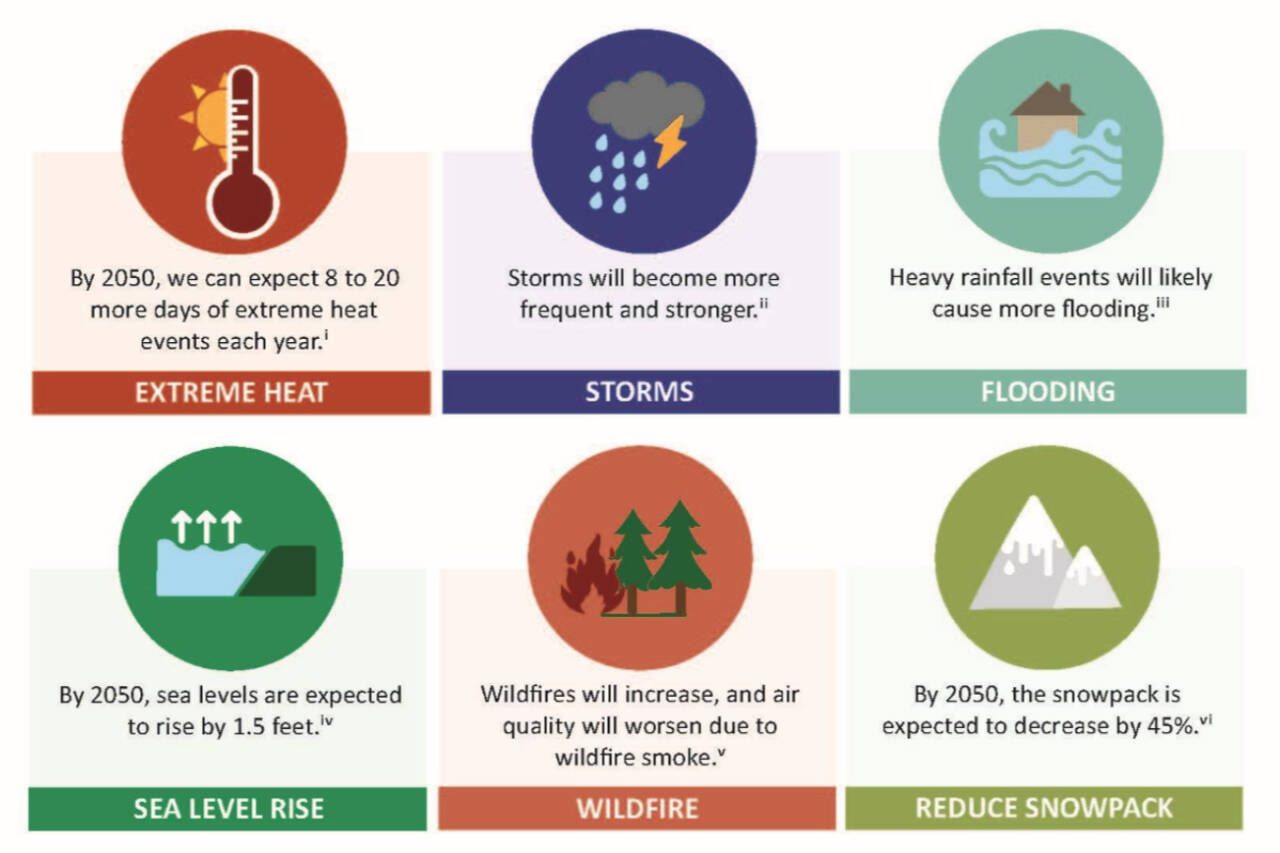By The Herald Editorial Board
There’s an ironic literary parallel for an Environmental Protection Agency — under leadership of the Trump administration’s Lee Zeldin — that now ignores the first two words in its name: The “firemen” in Ray Bradbury’s classic “Fahrenheit 451” don’t put out fires; armed with flamethrowers, they torch libraries and piles of books.
Zeldin announced last week that the Environmental Protection Agency would seek to rescind the 2009 declaration, made during the Obama administration, known as the endangerment finding. The finding, following years of review of scientific research, concluded that six greenhouse gases, among them carbon dioxide and methane, were warming the planet and posed a threat to public health. That finding was used as the basis by the Obama and Biden administrations under the Clean Air Act to set limits on greenhouse gas emissions for vehicles, power plants and other industrial sources of pollution. Those regulations and tools are, for the moment, projected to limit billions of tons of emissions from entering the atmosphere that would continue to contribute to the rise of global temperatures, creating conditions that are raising sea levels, melting ice caps and glaciers and strengthening the intensity of climate events, including extreme heat events, flooding, droughts, storms and more.
The long-lasting danger in this latest Trump administration undoing of norms is that rescinding the finding is much easier — even though it likely faces a long court challenge — than it will be to reinstate such a standard, hobbling future administrations’ efforts to again regulate emissions and limit the worst of the climate crisis.
Zeldin and the Trump administration believe ending the endangerment finding will unfetter the U.S. economy. Zeldin told a conservative podcast this week that the deregulation he seeks will save U.S. businesses more than $1 trillion; impressive, maybe, until you take a wider view.
As Bloomberg Opinion climate columnist Mark Gongloff noted this week, that $1 trillion will come at a huge expense to Americans and the U.S. economy. A recent estimate from researchers at the Chicago Booth School of Business and the University of Pennsylvania’s Wharton School estimate that the carbon emissions released by Zeldin’s rescission of the endangerment finding will result in a loss of $87 trillion through 2050; globally the losses could be some $192 trillion by 2050.
And those losses will come alongside damage felt more locally.
The abdication of federal responsibility, if successful, will significantly set back efforts to reduce emissions and prepare for the effects of climate change. Yet that only increases the duty for that work to continue at the local, state and international levels.
That work is underway, notably this week with the continuation of a Snohomish County initiative to develop its Community Wide Climate Resiliency Plan, which last week gathered county residents for an open house to start review of how communities can better strengthen themselves against climate change’s impacts and respond to its effects. (A similar state plan also is in development.)
“Unfortunately, we are already experiencing climate impacts and extreme weather events,” said Alyssa Rodriguez, with Cascadia Consulting, leading Wednesday’s open house at Mariner High School. “Our communities here in Snohomish County are feeling the consequences and the effects of these events through our health, economy and environment.”
Rodriguez started with definitions for climate vulnerability and climate resilience:
“We are defining climate resilience as the ongoing process of preparing and adapting for changes in climate while minimizing negative impacts to people, natural systems and infrastructure,” she said. “Climate vulnerability means how likely will people, places, systems, animals or plants be harmed by climate change impacts?”
The effort is evaluating six key impacts for the county, drawing largely from a report on climate vulnerability completed by the county last year:
Extreme heat: Snohomish County can expect eight to 20 more days of extreme heat each year.
Storms: An increase in frequency and strength of storms.
Flooding: An increase in heavy rainfall events that will contribute to flooding.
Sea level rise: Estimated to rise by 1.5 feet by 2050.
Wildfires: An increase in wildfires and impacts on air quality from smoke.
Reduced snowpack: An expected 45 percent reduction in snowpack in the county’s watersheds by 2050.
Those concerns are then used to determine vulnerability throughout the county — down to the census block — with help of a Climate Vulnerability Tool, developed by the county, that examines population density, demographics, health factors, infrastructure and more.
Wednesday’s open house gathered discussion on areas of review for the draft resiliency plan, including strengthening collaboration among local governments, agencies and community organizations; response and recovery from climate events and disasters; investments in infrastructure; planning for climate impacts; and the protection and restoration of natural systems.
Those conversations will be included in a process involving a survey and comments on a draft that will produce a plan by this winter to outline needs, priorities and solutions for future adaptation and response in the county.
“We’re specifically hoping to coordinate and connect all the varying resiliency efforts that are happening in the county into one place, identify and address climate related challenges, inform disaster preparedness, recovery, adaptation and mitigation plans to reduce impacts, reflect community priorities, values and ensure social equity and align with state, regional and other local priorities,” Rodriguez said.
As dystopian as the ending of Bradbury’s “Fahrenheit 451” is, included its final scenes are a community of nomads who have committed significant works of literature to memory, preserving ideas and hope.
In a federal government’s refusal to take responsibility and lead toward solutions for the climate crisis, individuals and communities can similarily shoulder that burden.
Talk to us
> Give us your news tips.
> Send us a letter to the editor.
> More Herald contact information.

























